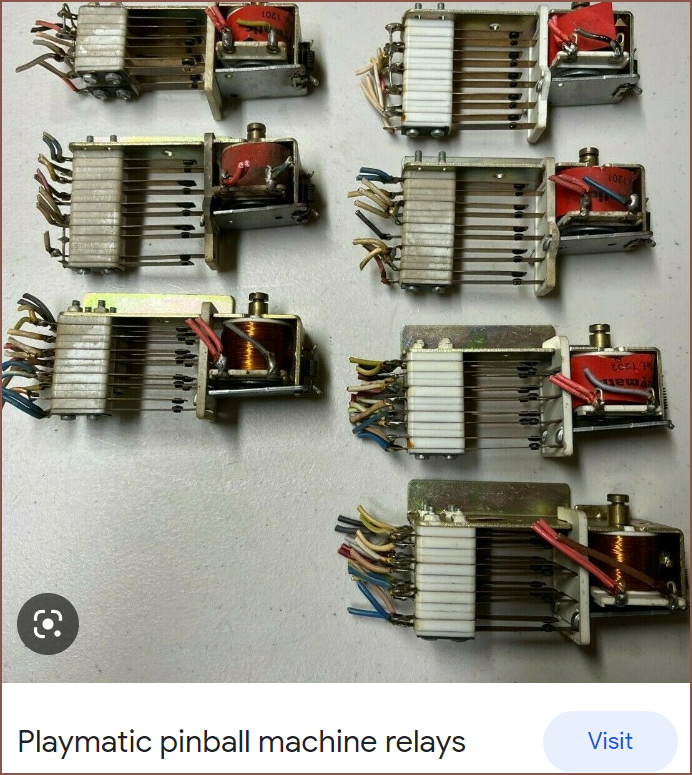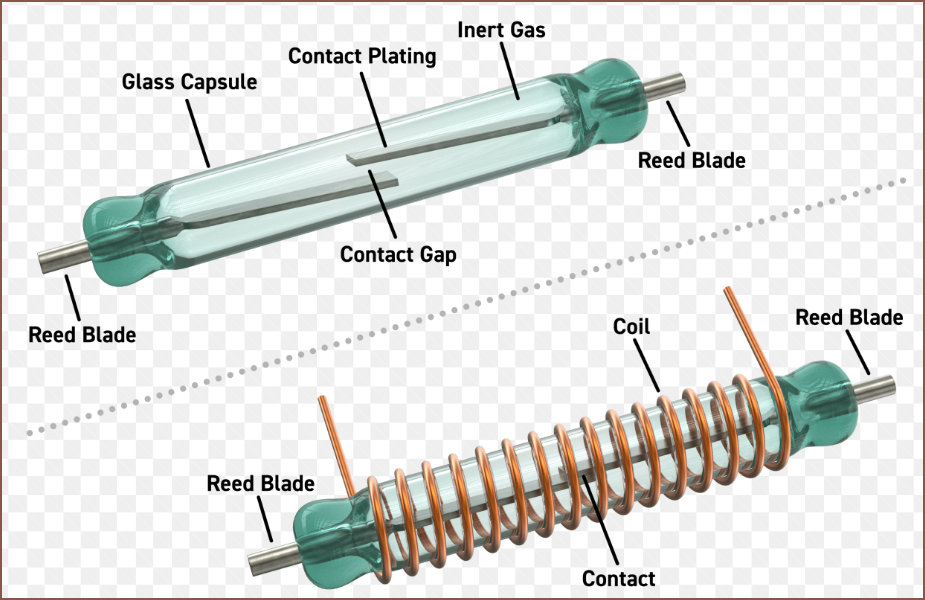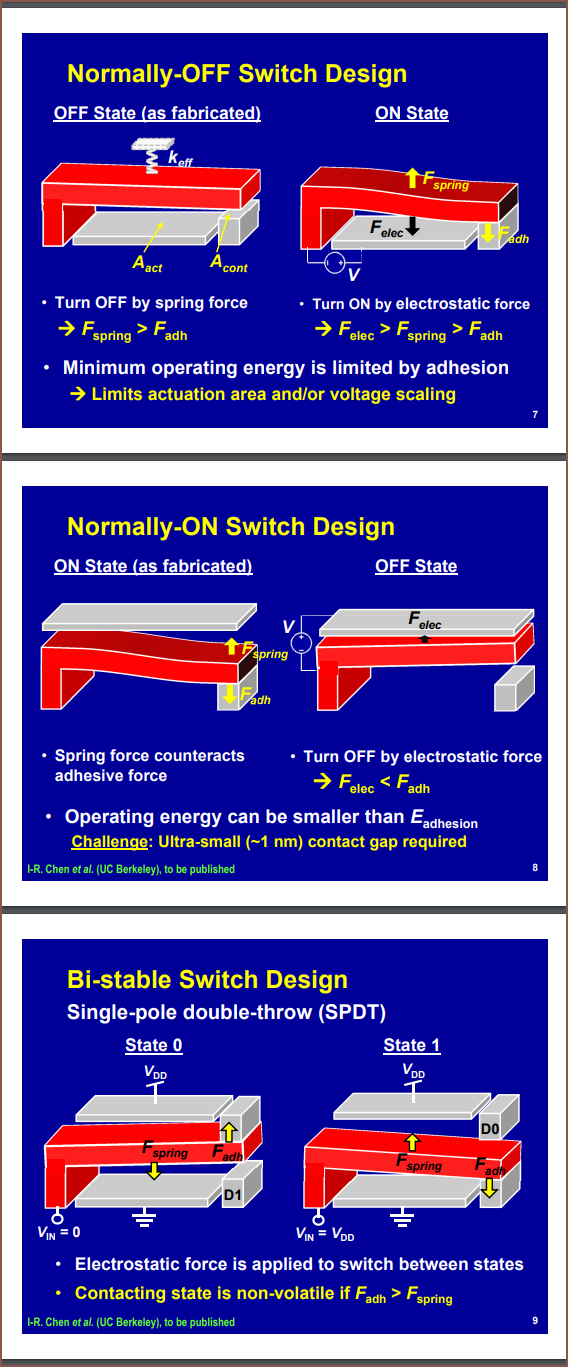So I was doing some light research to see if magnetless motors exist (they do) because, even in the best case scenario, I can't print magnets. In this hypothetical scenario, I can print copper and iron, where the latter is magnetic.
Anyway, so I was doing that and I found this project and I was like "Drats. I knew the SecSavr theoretically couldn't do it all. I already know organic matter isn't happening, but I can't print transistors!".
But don't worry. This is a sub £2000 piece of kit. The world isn't expecting something that rivals Intel's 14nm++ process. This can be more akin to the fancy but massive redstone machines in Minecraft where it's amazing if it can be done at all.
That's when I thought of mechanical relays. I didn't think too much about it until I heard that pinball machines used to use them... allegedly.

So I then googled "smallest mechanical relay" and I got reed relays, which look like this:

They indeed look small but I'm not a fan of the "inert gas", because I can't print that.
Conviniently, Hackaday has an article about relays in computing. One of the things linked was a PowerPoint of microscopic relays, and these look interesting:
 I do wonder what kind of tiny scales would be needed to be able to use electrostatic force though... seems that later in the PPT it's mentioned that the gate is like 42nm or something. At least there was something about there being "no off-state leakage" unlike CMOS.
I do wonder what kind of tiny scales would be needed to be able to use electrostatic force though... seems that later in the PPT it's mentioned that the gate is like 42nm or something. At least there was something about there being "no off-state leakage" unlike CMOS.
Then, considering that I'm expecting the minimum copper thickness in this process to be 120 - 160um in XY and 80-120um Z, I feel like 1x1x1mm is actually a good target to aim for; it seems like a decent amount of space to get the stuff I need to fit. Thats... 10... 100.. wow that's 1000 relays in a 1cm^3 "chip". Even if the actual turns out to be 2x2x2mm, that's still 125 relays compressed in that cubic volume. Continuing with that 1K relay / cm^3 thought, and finding out that the Intel 8008 and MOS 6502 were 8-bit microprocessors with 3500 transistors, it doesn't sound like it'll be entirely useless to have such a relay density.
Printing the milli-relays also sounds a tad faster and more reliable than pick+placing thousands of the smallest transistors available. Again, this is a stretch-goal thought exercise and a lot of other stuff has to go beautifully right before I attempt the equivalent of Test Print: Nightmare Difficulty.
 kelvinA
kelvinA
Discussions
Become a Hackaday.io Member
Create an account to leave a comment. Already have an account? Log In.
This conceptual idea has now got me saying "Em Em Relay Array" as a reference to Field Programmable Gate Arrays and mmWave 5G, and has made me /ever so slightly/ more interested in older IC tech.
Are you sure? yes | no